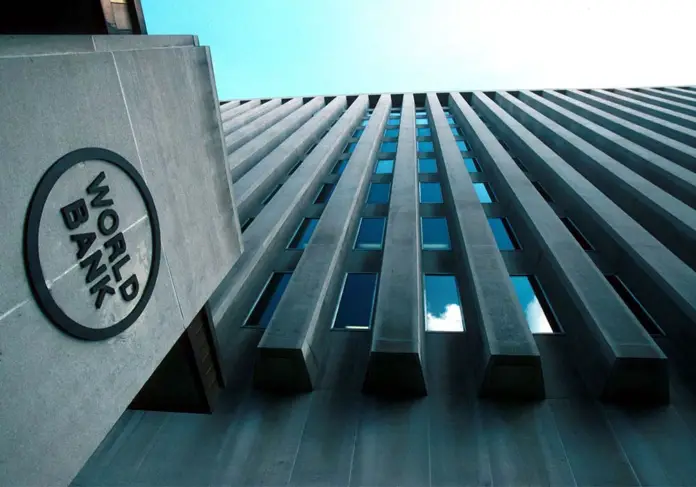A World Bank (WB) report has estimated that there would be four percent growth rate in Pakistan for the next fiscal year.
The report, estimating a moderate Gross Domestic Product (GDP) growth rate for the coming fiscal year, has cited Pakistani government’s preliminary estimate for real GDP growth for the outgoing FY (6%). It also mentions that some of the regional economies have prioritized structural reforms to boost their economic growth.
Rising food and energy prices have led to a rapid increase in consumer inflation in the region. Average annual consumer inflation and one-year-ahead inflation expectations are now at their highest level in almost a decade.
Risks to the regional growth outlook remain to the downside and have been magnified by geopolitical developments. Additional increases in commodity prices, particularly wheat, could put further upward pressure on food prices.
According to the WB report, “Global Economic Prospects in Pakistan”, growth is expected to be moderate from 5.7% in FY2020/21 to 4.0% in 2022/23. It is due to foreign demand slowing significantly and policy support being withdrawn.
Meanwhile, the Pakistani government has improved its monetary policy framework by reinforcing its central bank’s functional and administrative autonomy. Policy rates have been raised by seven percentage points. In Pakistan, the central bank has raised rates by four percentage points since April.
Stronger-than-expected rebounds from the pandemic in Pakistan helped to boost activity through early 2022, helping to maintain robust growth during fiscal year 2021-22. Goods exports have grown by over 25% and manufacturing production has expanded at its fastest pace in at least four years. But the war in Ukraine has dampened activity, as rising food and energy prices have stunted purchasing power and increased uncertainty.
According to the WB report, Russia’s invasion of Ukraine has weighed on growth in the South Asia Region (SAR) after a solid recovery in the second half of last year. In the rest of the region, activity has been mixed, with stronger rebounds from the pandemic helping to boost growth through early 2022 in Bangladesh and Pakistan. In Sri Lanka and Afghanistan, however, conditions are dire.







